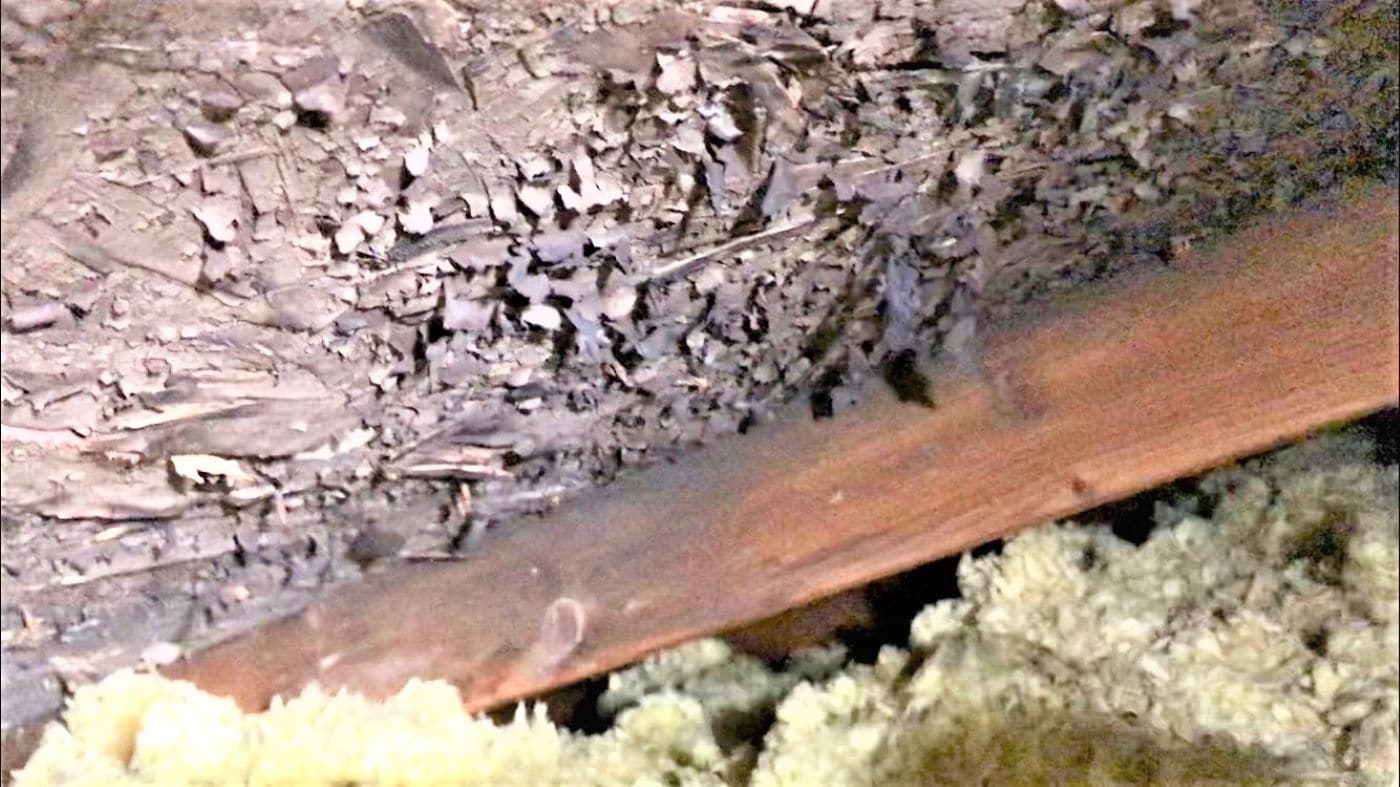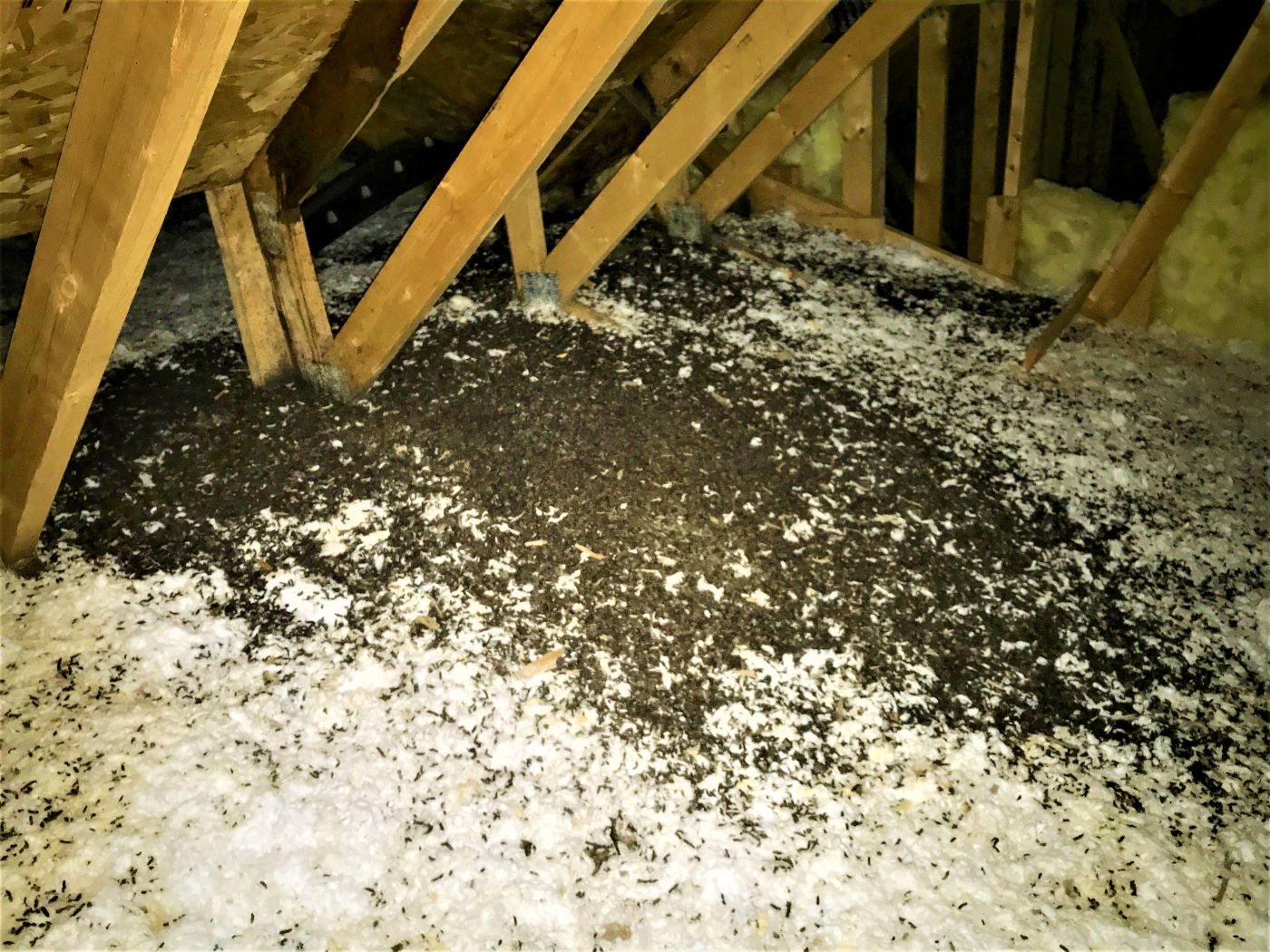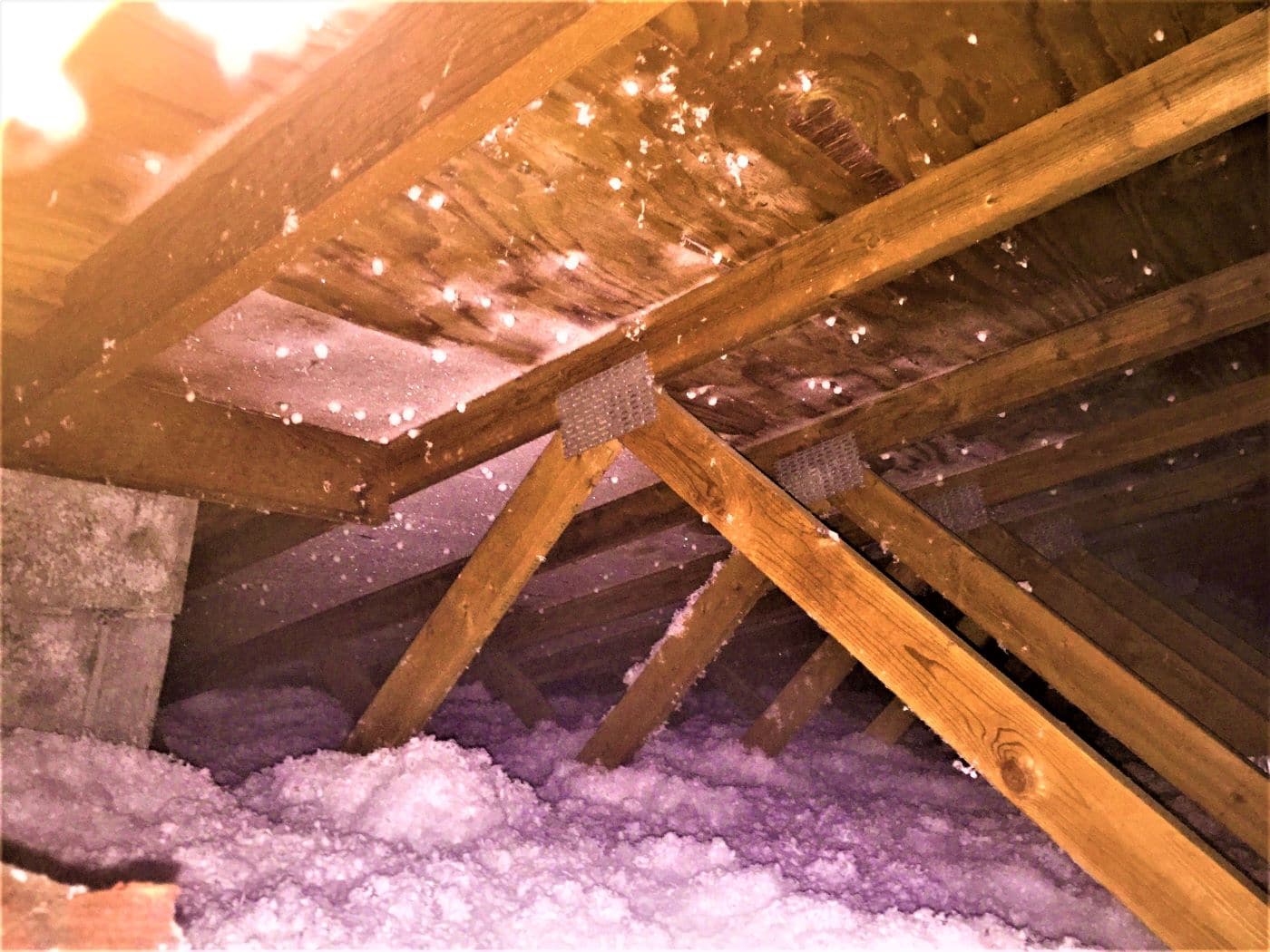Five Common Attic Problems & Issues
Without question, one of the least visited areas of the home is its attic. Unfortunately, this often creates a scenario where attic issues go on for far too long without recognition. Here are five of the most common attic issues homeowners should be on the lookout for.
Excessive Moisture In Your Attic Can Result In Wood Rot:
Loose or missing roof shingles can quickly escalate from a minor to a major issue when they allow water to filter into your attic. This is one of the many reasons why we encourage routine attic inspections. Wood that becomes saturated with water will begin to rot. While early stages can be difficult to identify to the untrained eye, signs to look for include wood that is off-white or gray, shrinking, cracking, and warping. Wood that has been impacted by dry rot will be become soft to the touch. Dry rot needs to be addressed as quickly as possible to prevent broken roof rafters and other structural issues.

Damaged Skylights Can Cause Attic Moisture
It is imperative that any skylight window installation be handled by a reputable home improvement professional that completes this task on a routine basis. Failure to adhere to correct installation procedures and can result in water permeating your roof and walls (which creates attic moisture). Keep an eye out for skylight glass that appears foggy or interior molding that has become discolored, as this often is evidence of a more severe issue.
Animals & Pests In The Attic Can Impact Your Health
Pests such as mice, raccoons, and bats can create serious attic problems. Mice can create tunnel systems throughout your insulation, rendering it ineffective. These pests also leave their droppings which compromises your home’s air quality, ruins your attic insulation, and produces a pungent odor. Ward off these pests by placing dryer sheets spritzed with peppermint oil throughout your attic. Also, be sure trees are trimmed back so that these types of pests don’t have an easy method of accessing your attic.

Mold In Your Attic Will Lower Air Quality
When warm air can travel up through the house due to poor attic air sealing, it reaches the cold surfaces of the attic, causing frost. Frost creates attic problems as it thaws, resulting in wet insulation, mold & mildew formation, and water stained ceilings. While black mold in the attic often starts as small black dots, it isn’t long before it can take over your entire attic. To prevent this serious issue, attic air sealing is needed, particularly near bypasses is needed. The reason bypasses are vulnerable to attic mold is because they skip direct contact with attic insulation. Common attic bypasses include recessed lighting, switch plates, vents, and electrical outlets.

Improper Insulation Replacement Technique
Beware of any insulation contractor that isn’t discussing ventilation or attic air sealing as part of your project. Simply adding piles of insulation to an attic will not act as a preventative for ice dams. Other rookie mistakes include blocking soffit vents or piling up insulation to the roof decking which can create even more attic problems.
